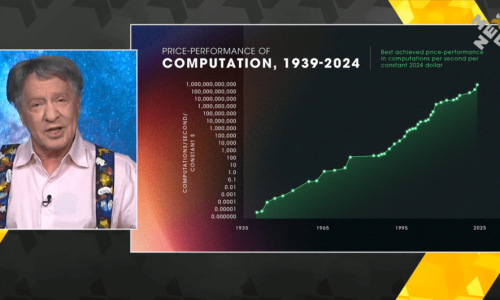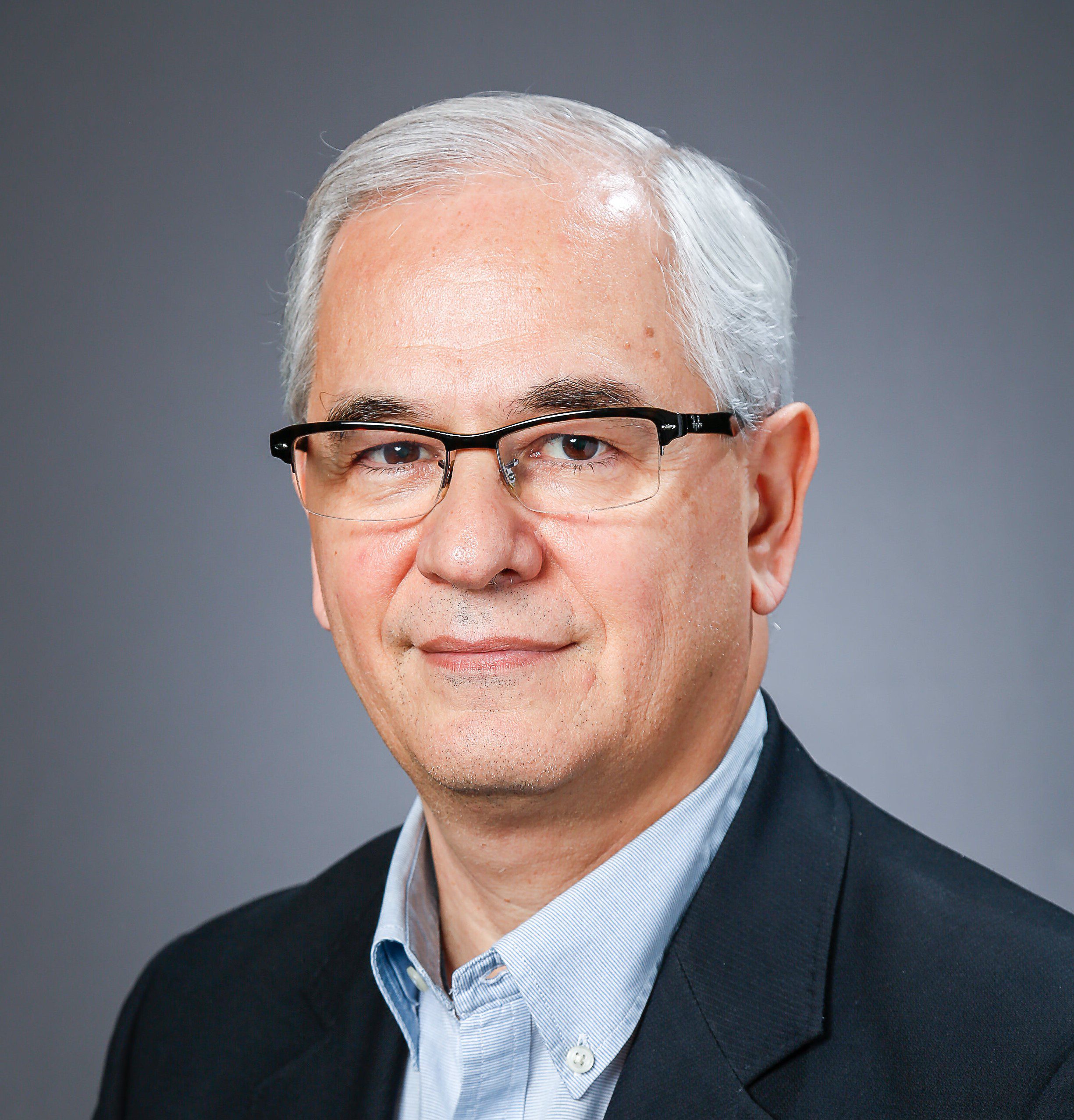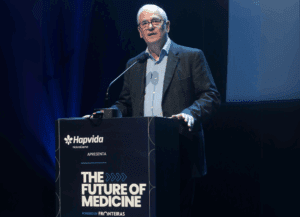This was the title of a wonderful lecture given today at the University of São Paulo by Prof. Randy Schekman, winner of the 2013 Nobel Prize in Medicine.
He took us on a fascinating journey of his research, from the discovery of how yeast membranes work has led to life-saving drugs and vaccines, to his current work on looking into human cells for secrets that might identify the causes of Parkinson’s disease (PD) and someday lead to a cure.
Adam Smith, director of the Nobel Foundation’s Outreach Program, masterfully moderated the Q&A session, where young scientists were able to interact with Prof. Schekman.
Prof Schekman created and leads, with support from the Sergey Brin Family Foundation and The Michael J. Fox Foundation for Parkinson’s Research, the Aligning Science Across Parkinson’s (ASAP), an international collaboration of scientists and resources to better understand the underlying causes of Parkinson’s disease (https://lnkd.in/eKc7h_az).
ASAP’s mission is to accelerate the pace of discovery and inform the path to a cure for Parkinson’s disease through collaboration, research-enabling resources, data sharing, and open source.
As a neurologist, I see this a fundamental approach as for almost 200 years, since it was first described, we have only had symptomatic therapies to help patients with PD.
Collaborative work is essential to advancing not only science, but also efforts to improve health care and disease management for people. Such a rich experience I am having as Clinical Advisor for Quadrivia (Qu), with professionals from different continents working together. Qu is an AI assistant for patients and physicians that is in the development phase (https://www.quadrivia.ai/).
Since the 17th century, scientists have understood that working together is crucial to the development of science. However, there are still certain challenges that need to be overcome for this to happen on a broader scale. But, as the saying goes, where there is a will, there is a way.








